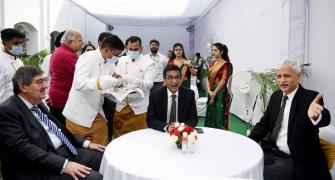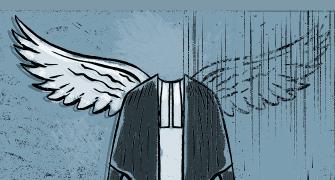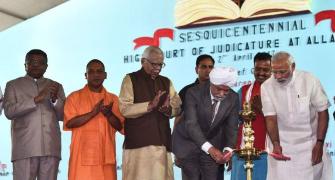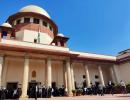The appointments to the Supreme Court and the high courts cannot be speeded up unless both the Judiciary and the Executive agree to a new mechanism which affords both near-parity in decision-making, argues Virendra Kapoor.
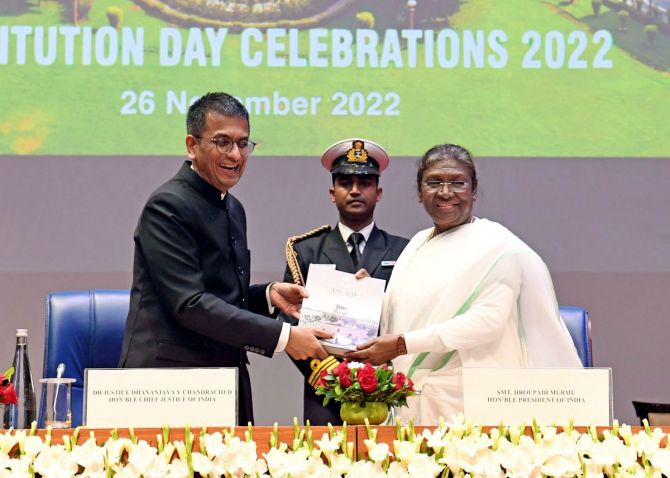
It is unlikely that the ongoing tussle between the Judiciary and the Executive over the appointment of judges will be settled anytime soon.
Though highly unfortunate that the two should be trading charges and counter-charges in a very public spat, the fact is that neither side is blameless.
If only a sense of institutional dignity and concern for the high Constitutional values were to inform their actions and utterances, the dispute could have been resolved amicably long ago.
But now it has virtually degenerated into a power tussle with neither side willing to play a subservient role in appointing judges to the highest court in the land and various high courts.
Appointments made 'before' 1993, when the Supreme Court in the second judges' case empowered itself to have the final word in the matter, or 'after' 1993 were peppered with the usual mix of good, bad and indifferent.
If the Executive appointed a number of judges whose credentials were far from excellent, the five-member Collegium of Supreme Court judges too made equally controversial appointments.
That the issue needs to be resolved urgently to ensure a harmonious relationship between two key pillars of the Constitutional edifice is not in dispute.
Nor is it in dispute that without filling up fully the sanctioned number of posts of judges in the Supreme Court and high courts, the mountain of cases choking the arteries of the judicial system will be much harder to clear.
Far from increasing the number of judges, from the Supreme Court down to the district-level, the festering Judiciary-Executive row is one of the major factors for the failure to fill a large number of existing vacancies.
As per the latest data, there were seven vacancies out of 34 sanctioned strength of the apex court, 336 out of 1,108 total sanctioned in the high courts and a whopping 6,604 out of the 24,827 sanctioned number for trial judges.
Such unconcern for the litigants, particularly at the district level, is most troubling.
However, the appointments to the Supreme Court and the high courts cannot be speeded up unless both the Judiciary and the Executive agree to a new mechanism which affords both near-parity in decision-making.
Until 1993 it was the Executive which virtually called the shots in appointments to the higher judiciary.
As a result, the government picked its own favourites for appointments, though quite a few appointments were also made on merit.
The process involved 'consultations' with the Judiciary on the proposed names for appointments, but the final word lay with the government.
The system allowed the government to elevate anyone of its liking regardless of merit or seniority to the bench.
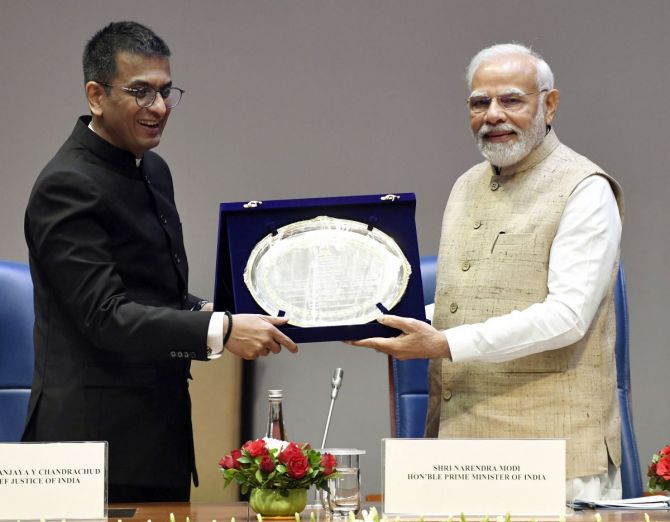
In one flagrant case of abuse of power, the Indira Gandhi government in 1980 appointed a junior New Delhi magistrate as a high court judge to reward him for granting her bail during the days of the Janata Party government.
In short, the government misused its dominant position to make some very undeserving persons as high court judges.
And even in appointments to the apex court it forced its favourites from among the sitting high court judges.
It was this flagrant abuse by the Executive which resulted in the judicial backlash with the Supreme Court, in a controversial reading of Article 124(2) of the Constitution regarding appointments to the Supreme Court and high courts, virtually assumed the power to appoint and transfer judges, reducing the government to a secondary role.
Now the Supreme Court initiated the process of appointments, with five senior-most judges forming the Collegium and sending names to the government for appointment.
After obligatory screening by the Intelligence Bureau, if there was nothing objectionable found against a candidate, the government was expected to clear the name.
In case the government objected to a particular name, it could send it back to the Collegium for re-consideration.
But should the Collegium over-rule the objection the government was expected to clear the appointment.
As a result the government simply sat on recommendations it did not approve for whatever reason.
Because over the years governments had made some very controversial appointments, the Supreme Court ruling in the Second Judges case arming itself with the power to make appointments did not elicit much criticism.
But there was no denying that the Supreme Court decision was not in consonance with the will of the founding fathers of the Constitution who had categorically assigned the power of appointments to the higher judiciary under Article 124(2) to Parliament.
Besides, the Collegium system too was not free from the personal predilections of its members.
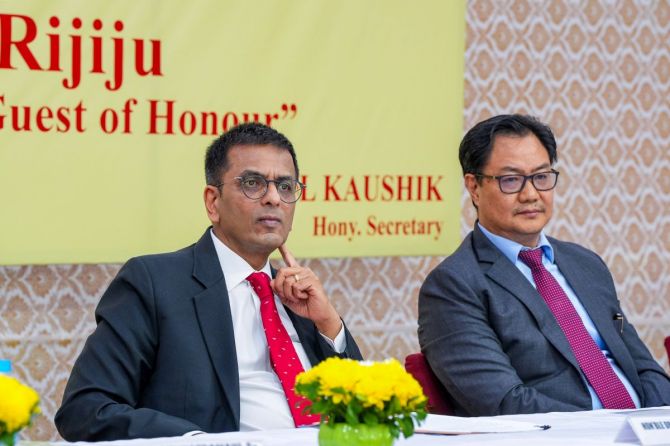
The proposed National Judicial Appointments Commission under the 99th Constitutional Amendment was a response to the excesses of both the Collegium and, prior to 1993, of the government.
But the Supreme Court rejected it outright, saying it infringed the principle of judicial independence.
The Supreme Court thumbing its nose at the will of the people reflected in a law passed by an all-party consensus did not go well with the political class.
Judges appointing judges was unacceptable to government.
The Supreme Court objecting to the law minister being a member of the proposed NJAC was tantamount to it denigrating the very democratic system whereby 'We The People' express their will through Parliament.
Here the judges were judging their own case and arming themselves with powers which under Article 124(2) belonged to the Executive which, in turn, was answerable to Parliament.
By rejecting the NJAC, Their Lordships virtually pronounced themselves to be above parliamentary scrutiny.
In a strange reading of the word 'consultation', the Supreme Court inferred that it meant 'concurrence'.
The stalemate cannot be resolved unless the Supreme Court revises its stand on the NJAC.
The middle path envisaged under the NJAC seems the only sensible way out of the current impasse.
Columnist Virendra Kapoor -- former editor of the Free Press Journal and Onlooker magazine -- was jailed during the Emergency.
You can read his earlier columns here.
Feature Presentation: Aslam Hunani/Rediff.com

